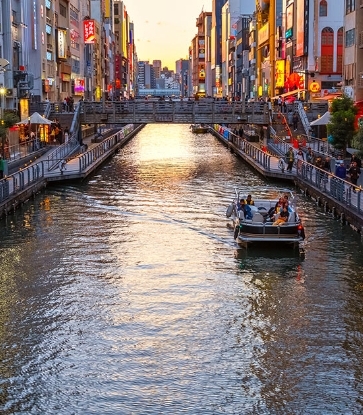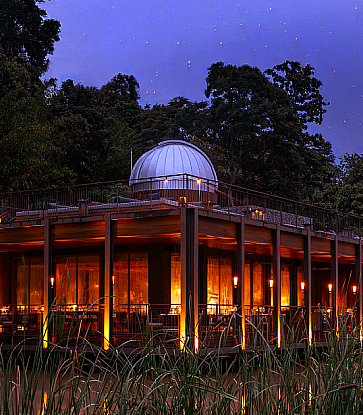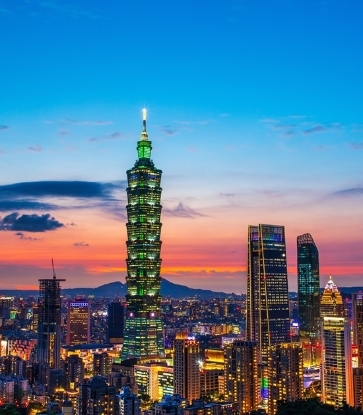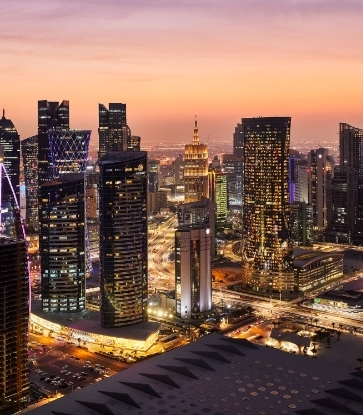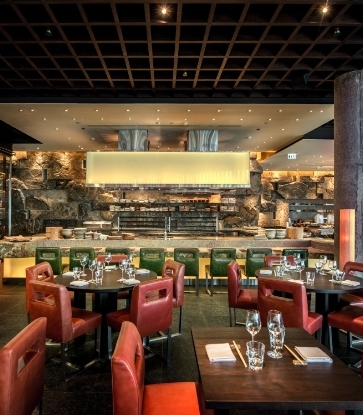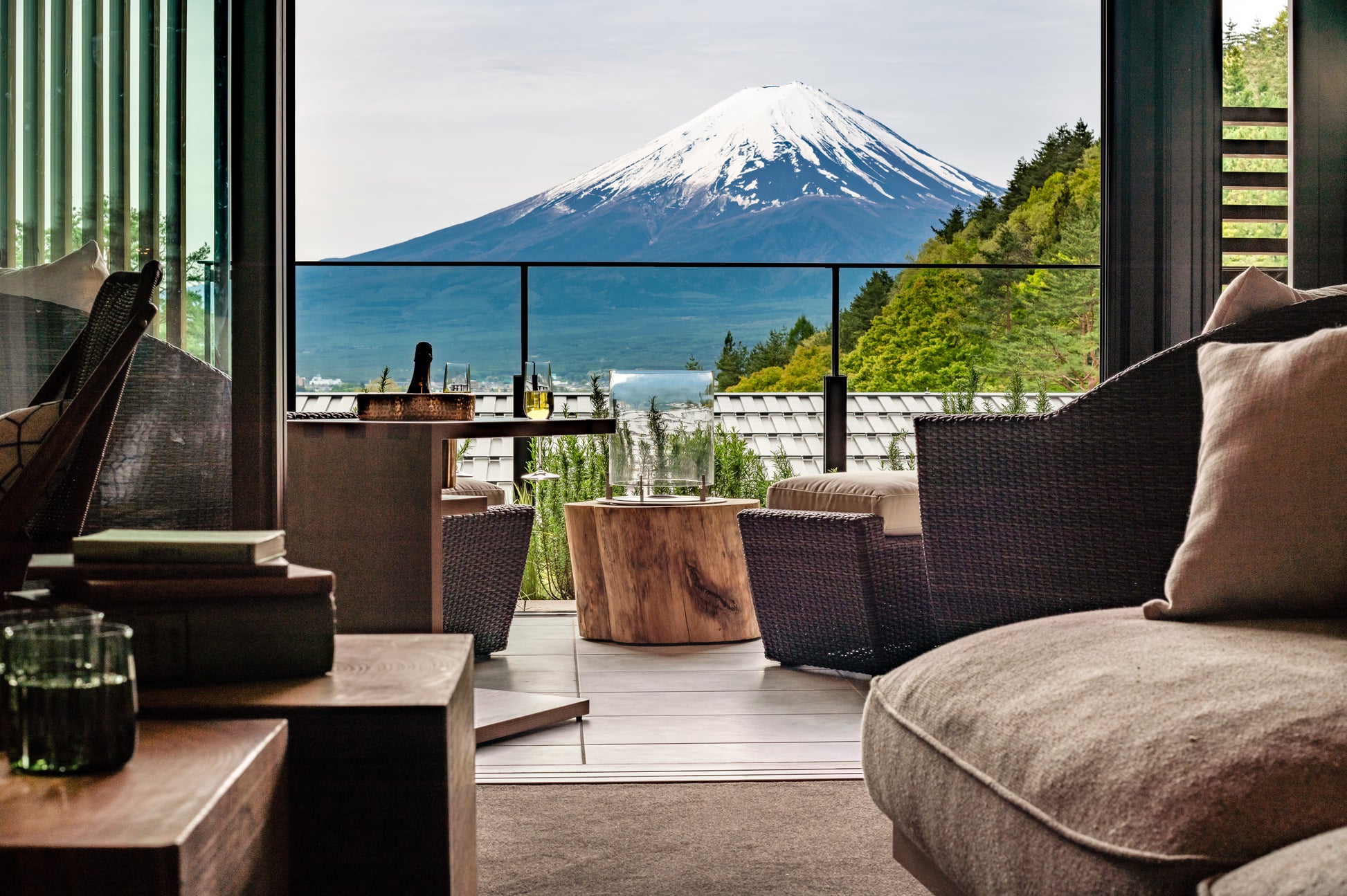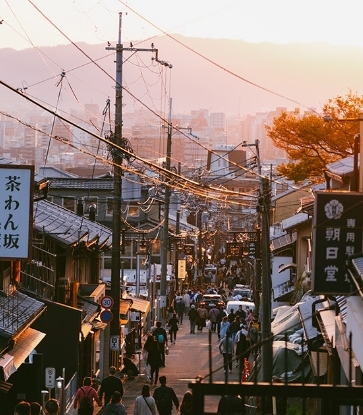In the Middle East, luxury has long been synonymous with grand gestures — soaring skylines, gold leaf and larger-than-life hospitality. But beneath the gleam of glass towers and the rush of rapid development, a quieter shift is taking hold. Today’s most compelling hotels are turning inward, looking to the region’s rich history, architecture and culture to craft experiences that feel rooted and timeless.
This isn’t about nostalgia for nostalgia’s sake. It’s about creating spaces that invite travelers to slow down, to breathe and to connect — to the landscape, to tradition and to themselves. Whether it’s the whisper of a desert breeze or the cool shadow of a wind tower, these hotels blend past and present with a precision that feels both deliberate and effortless.
From the secluded dunes of Dubai’s Desert Conservation Reserve to the vibrant coastlines of Doha’s Pearl, the Middle East’s hospitality is rewriting the rules. These are not just places to stay. They are carefully curated narratives where every detail — from architecture to cuisine to service — tells a story. And it’s a story that embraces the region’s heritage without losing sight of modern comfort and sophistication.
MORE ON HOTELS: Discover the nominees for the first-ever MICHELIN Local Gateway Award
Find your hotel
Al Maha is located within Dubai’s Desert Conservation Reserve. The resort comprises 42 suites, designed as individual Bedouin-style tents constructed from natural materials, with pitched roofs and shaded private courtyards that integrate with the desert terrain. The interior design combines carved wood furnishings, neutral textiles and private pools overlooking sand dunes, while the spa is built to follow the natural slope of the land, reflecting vernacular desert architecture. Activities such as camel rides and spa treatments using local ingredients extend the theme of desert authenticity.
RELEVANT: The Best Wellness Hotels in the World: Remote, Immersive, Beautiful
Bab Al Shams, meaning “Gateway to the Sun,” interprets traditional Emirati architecture through wind towers, sand-colored exteriors and inward-facing courtyards. The 115-room resort consists of two-story buildings arranged around gardens and pools, with interiors emphasizing neutral tones, stone finishes and Moorish detailing. Public and private spaces are designed to capture light and shadow, while amenities such as starlit dining and falconry demonstrations connect guests to the desert environment.
Located on the edge of the Empty Quarter, Qasr Al Sarab draws on the region’s desert forts for architectural inspiration. The resort is organized around a central courtyard and features facades in sandy tones to match the surrounding dunes. Interiors incorporate locally crafted furniture, textured fabrics and decorative bronze elements. Guest rooms are designed to frame views of the dunes while maintaining privacy and comfort. Restaurants and wellness spaces combine traditional motifs with contemporary facilities.
SIMILAR: The Best Architecture and Design Hotels in the World
Marsa Malaz Kempinski occupies a private island in The Pearl-Qatar. Its design references Venetian architecture with Mediterranean-style colonnades, mosaic courtyards and landscaped gardens. Guest rooms and suites feature a mix of Arabic and European influences in furniture and finishes, with dining venues ranging from local Middle Eastern cuisine to international offerings. Outdoor spaces are arranged around pools and private beaches, emphasizing leisure while maintaining architectural cohesion.
Raffles Doha is housed in Katara Towers in Lusail, a landmark development with two interconnected towers. Architecture merges contemporary high-rise design with motifs referencing local heritage. Interiors are characterized by bespoke furnishings, geometric patterns and neutral palettes punctuated by rich textiles. The hotel offers restaurants, lounges and wellness facilities that highlight regional ingredients and traditions within a contemporary framework
Emirates Palace Mandarin Oriental reflects Abu Dhabi’s interpretation of grand Arabian hospitality. The palace combines domed roofs, colonnades and intricate detailing with contemporary interior design. Public spaces and suites feature marble, gold accents and modern lighting, while MICHELIN-Starred restaurants provide culinary offerings anchored in local ingredients. Private beaches and landscaped gardens extend the property’s architectural vocabulary outdoors.
The Ritz-Carlton, Doha combines Qatari cultural references with contemporary hotel design. Public spaces use regional materials, including wood and stone, alongside modern furnishings. Guest rooms balance traditional patterns with functional layouts. Dining venues and wellness areas reference regional wellness practices while providing globally recognized service standards.
Illustration image: Bab Al Shams Desert Resort/Kerzner Group


